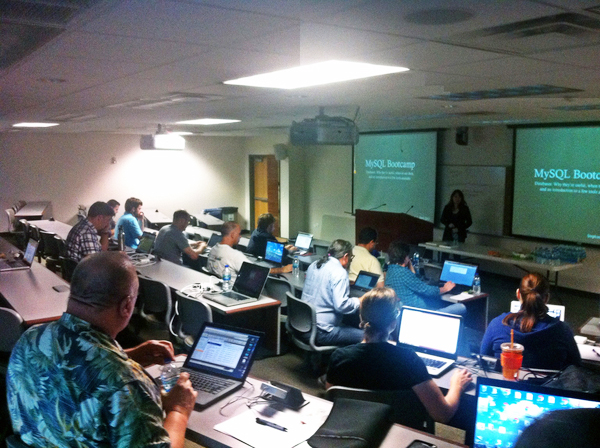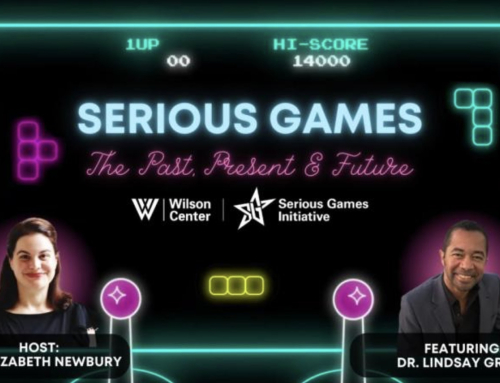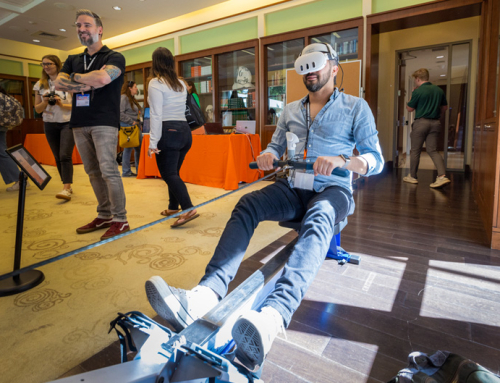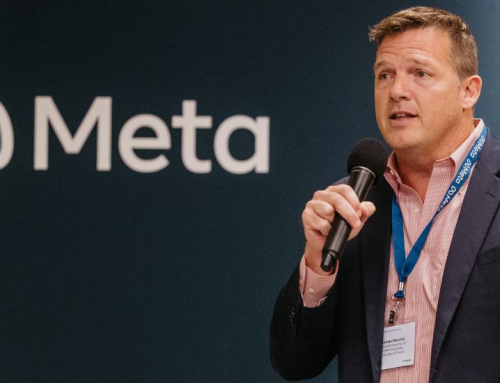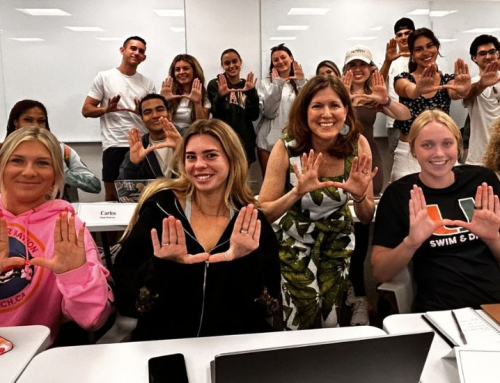A group of South Florida Web designers and developers have banded together to make local government more efficient and responsive to its citizens.
They’re called Code for Miami, and their inspiration stems in part from a coding workshop held last spring at the University of Miami School of Communication.
“Code for Miami is a kind of Peace Corps for geeks,” said Rebekah Monson, 32, a former Sun Sentinel journalist who is now a student in the inaugural class of the SofC’s MFA in interactive media. She is one of the group’s organizers, along with Web developer Ernie Hsiung.
Monson describes Code for Miami as a civic hacking organization that aims to improve government. The members meet at 7 p.m. on Mondays at the LAB Miami to build open-source web applications for public use. It is affiliated with Code for America, a national civic hacking movement.
Since its inception, Code for Miami has completed five projects and begun work on several others.
One of its most ambitious – which the group hopes to launch in partnership with media organizations in time for the next state legislative session – will allow Floridians to determine the status of a bill in the legislative process.
“The problem we wanted to solve here,” Monson said, “was that as citizens, we often only hear about a bill when it’s close to passing or failing. This tracker will allow us to begin following the bill much earlier.” The program also will contain links that will make it simple for Floridians to contact legislators with their opinions and suggestions. Called Florida Bill Tracker, it was the result of a hackathon project led by group members Rob Davis and Cristina Solana.
The team’s newest project, Dude Where’s My Bike, is a tool to help cyclists report and map bike thefts. An app called Is it Flooding? uses government data to help South Florida drivers determine whether a street has flooded during a rainstorm. Another, called Text My Bus, is designed to allow bus riders who cannot afford a smartphone to find out when their bus is due via SMS.
A fifth program, called iam1of.us, uses census data to give users a better understanding of local demographics. Users insert their personal information — age, race, gender, etc. — and the app lets them know how many people match their information in their current ZIP code.
“It’s a fun app,” Monson said. “It’s a contextual tool to help you see what you look like in terms of your community.”
Code for Miami is one of two organizations that grew out of last spring’s Code With Me seminar, which was led by Miami SofC alumna Miranda Mulligan, now the executive director of Northwestern University’s Knight Lab. The other is Hacks/Hackers Miami, which brings together journalists, designers and developers in a monthly knowledge exchange.
“We want to inspire people who build Web programs to do journalism, and we want journalists to learn to build Web programs,” said Monson, who created Hacks/Hackers Miami with radio journalist Dan Grech.
Hacks/Hackers Miami’s current work is mostly educational, but the group hopes to expand into hosting hackathons and producing tools for journalists.
“We found out that this is the biggest need for Miami,” Monson said. “Many local journalists don’t have the technical literacy they need to work today.”
Hacks/Hackers Miami has about 140 members, many of whom drop in at a weekly, informal “open hack night” at The LAB Miami. The organization also holds formal monthly meetings for workshops on specific technology-related topics.
“We are not a networking group,” Monson said. “If you attend a meeting, you come out with a skill.”
One past session offered overviews on how to use multimedia tools for storytelling, another focused on training to build user-generated maps. The next meeting, to be held at the School of Communication on September 22, will focus on how to do data analysis and power web applications with MySQL, a popular open-source database system that powers many dynamic websites.
Monson, who received her Bachelor’s degree from Louisiana State University, said she became interested in coding soon after she began working in journalism. A visual journalism fellowship at Poynter in St. Petersburg, “back in the Flash days” opened the doors to more online work, she said.
“I saw that most everything I was consuming was online,” she said. “I became interested in how we consume news and how we tell stories through new technology.”
